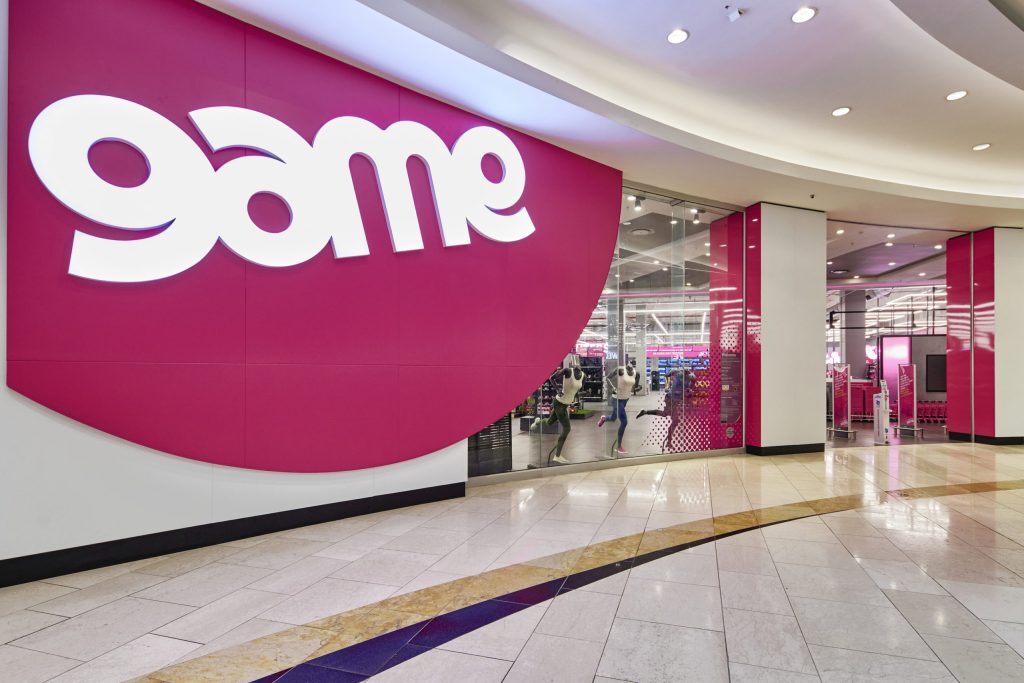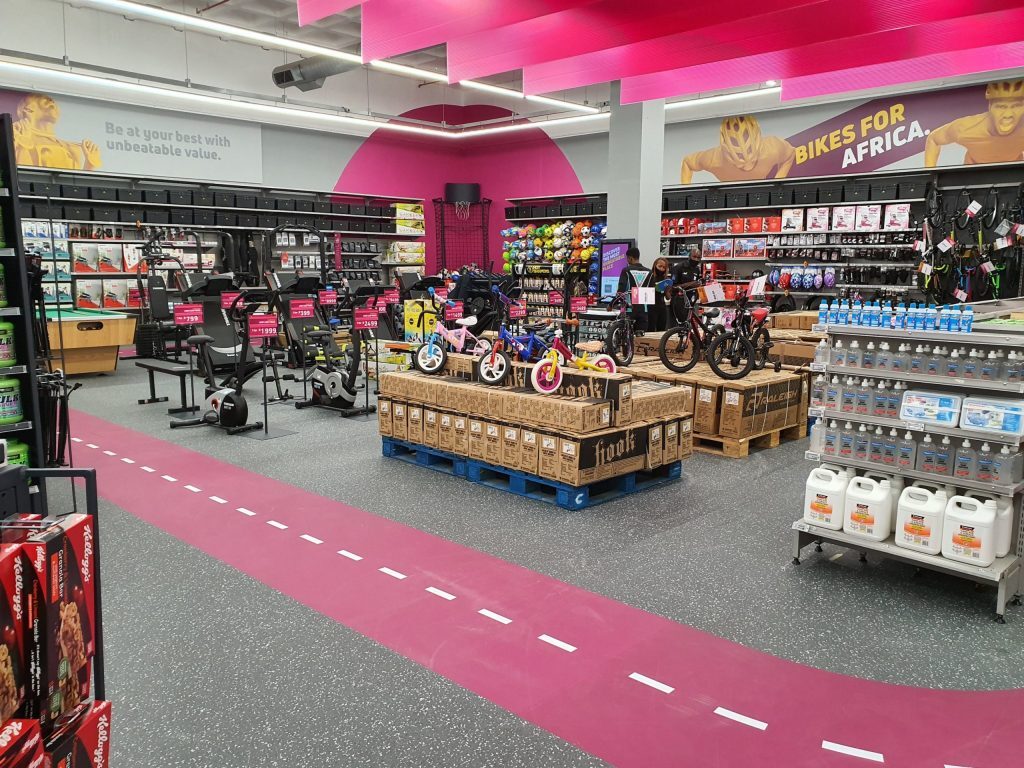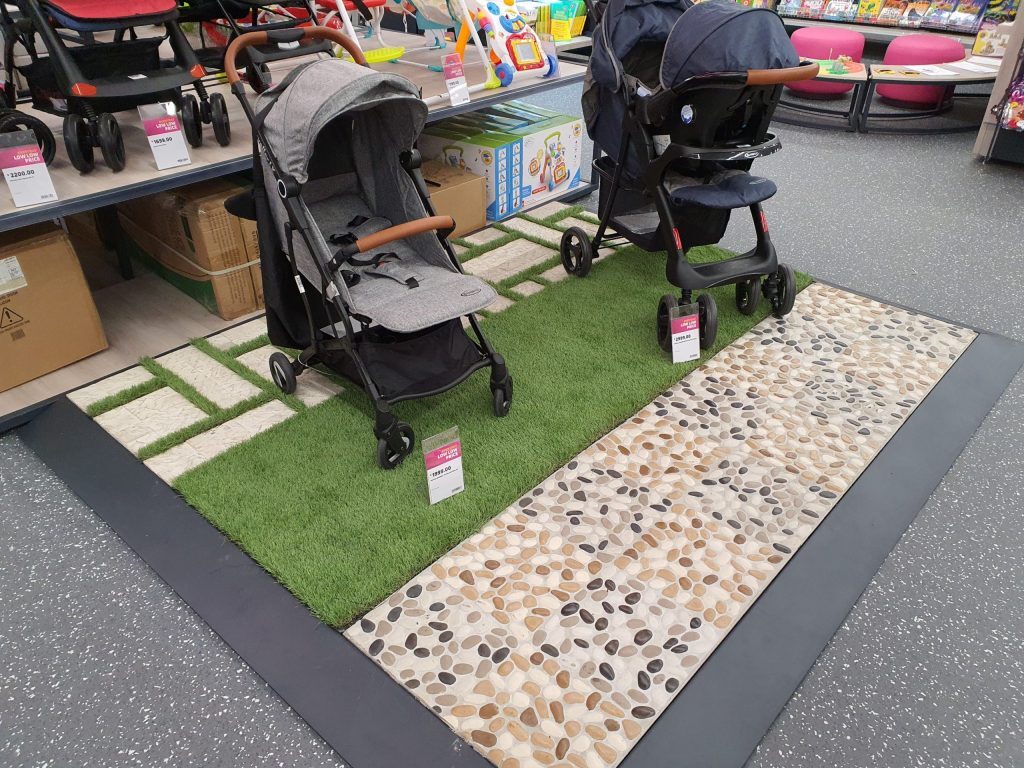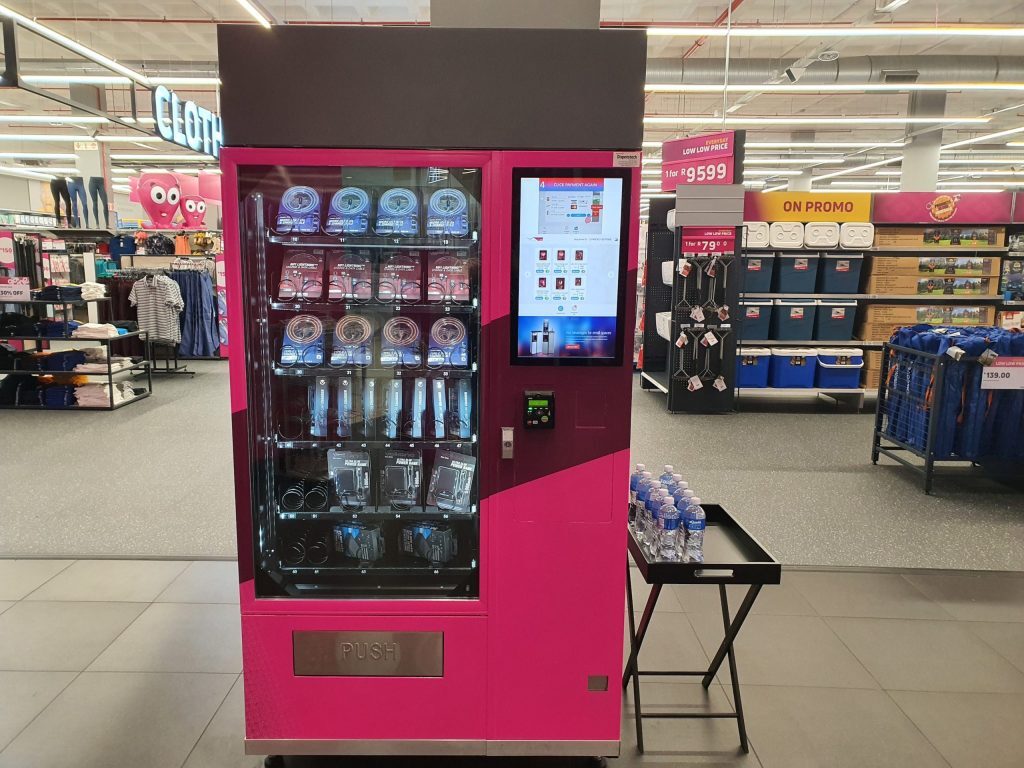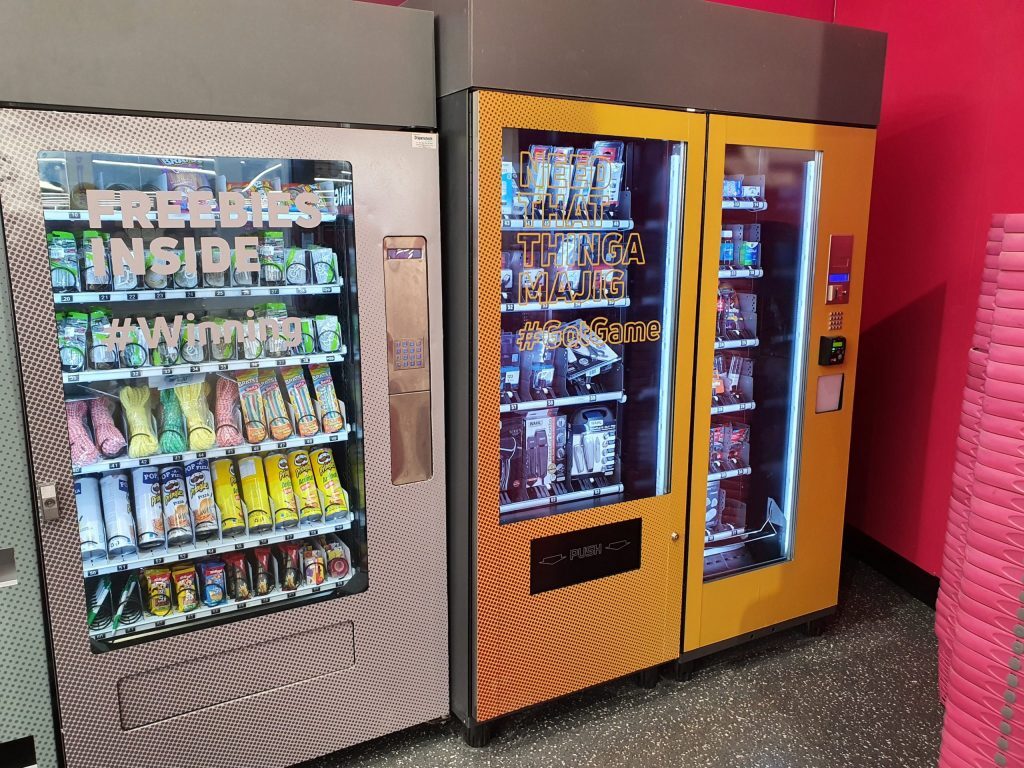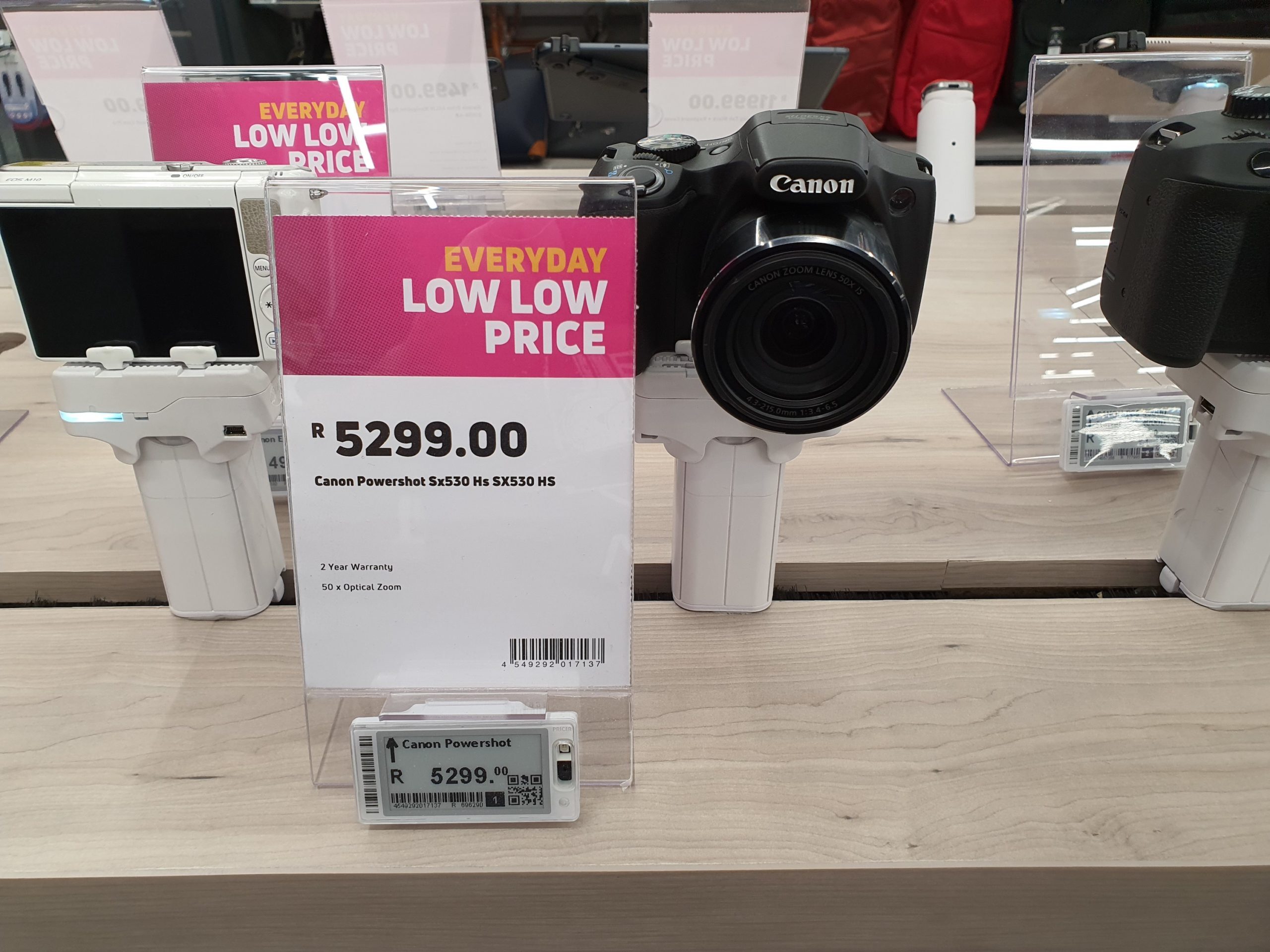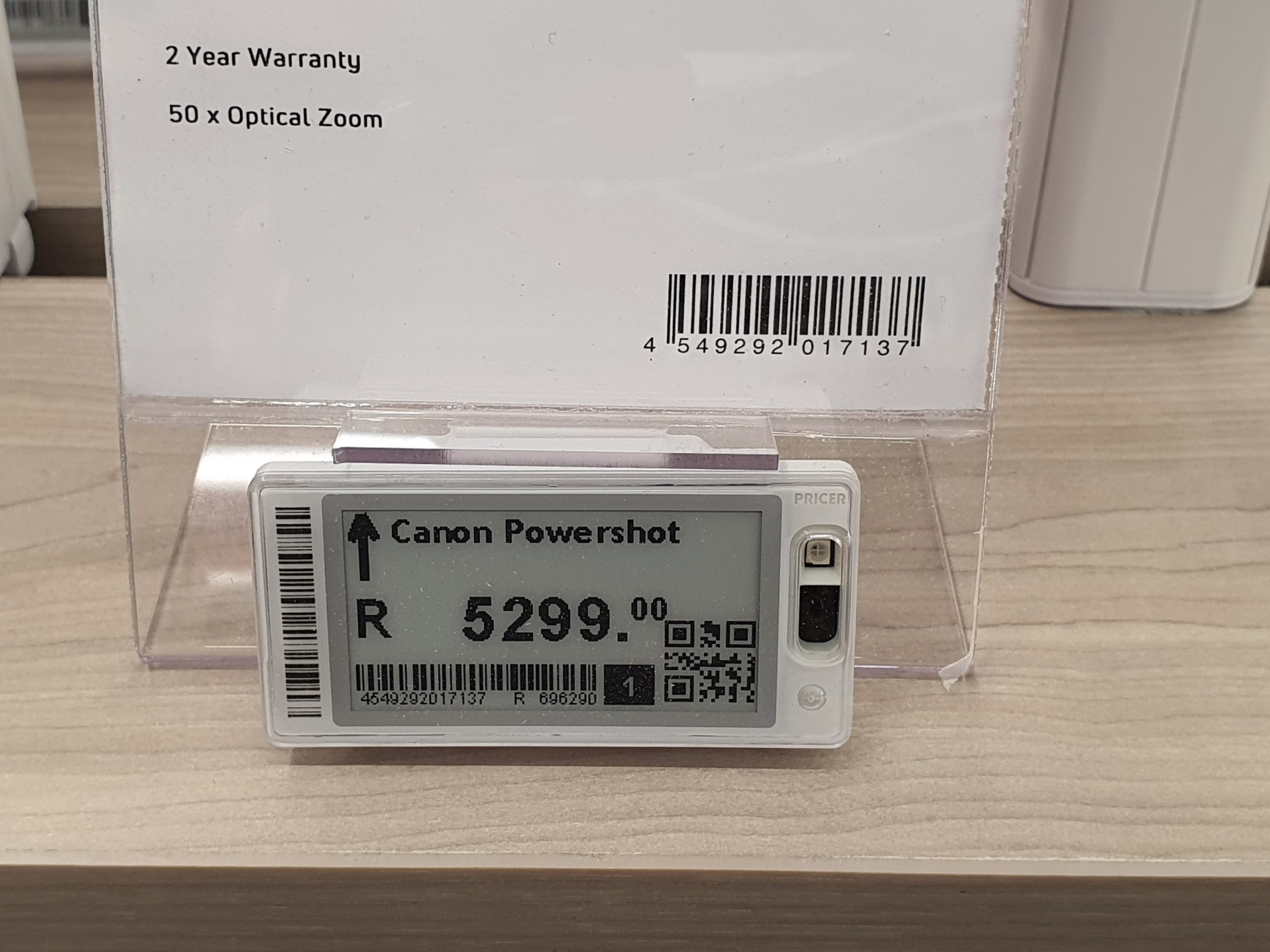Retail spaces were going through some tough times, even before the spectre of COVID reached our shores and left shopping centres as empty as… well, as a disaster movie. But Massmart-owned retailer Game has a few new ideas about how shopping in person should work and they’re currently showing them off in its Mall of Africa store. The results are… surprisingly technological.
Getting in and out, quick
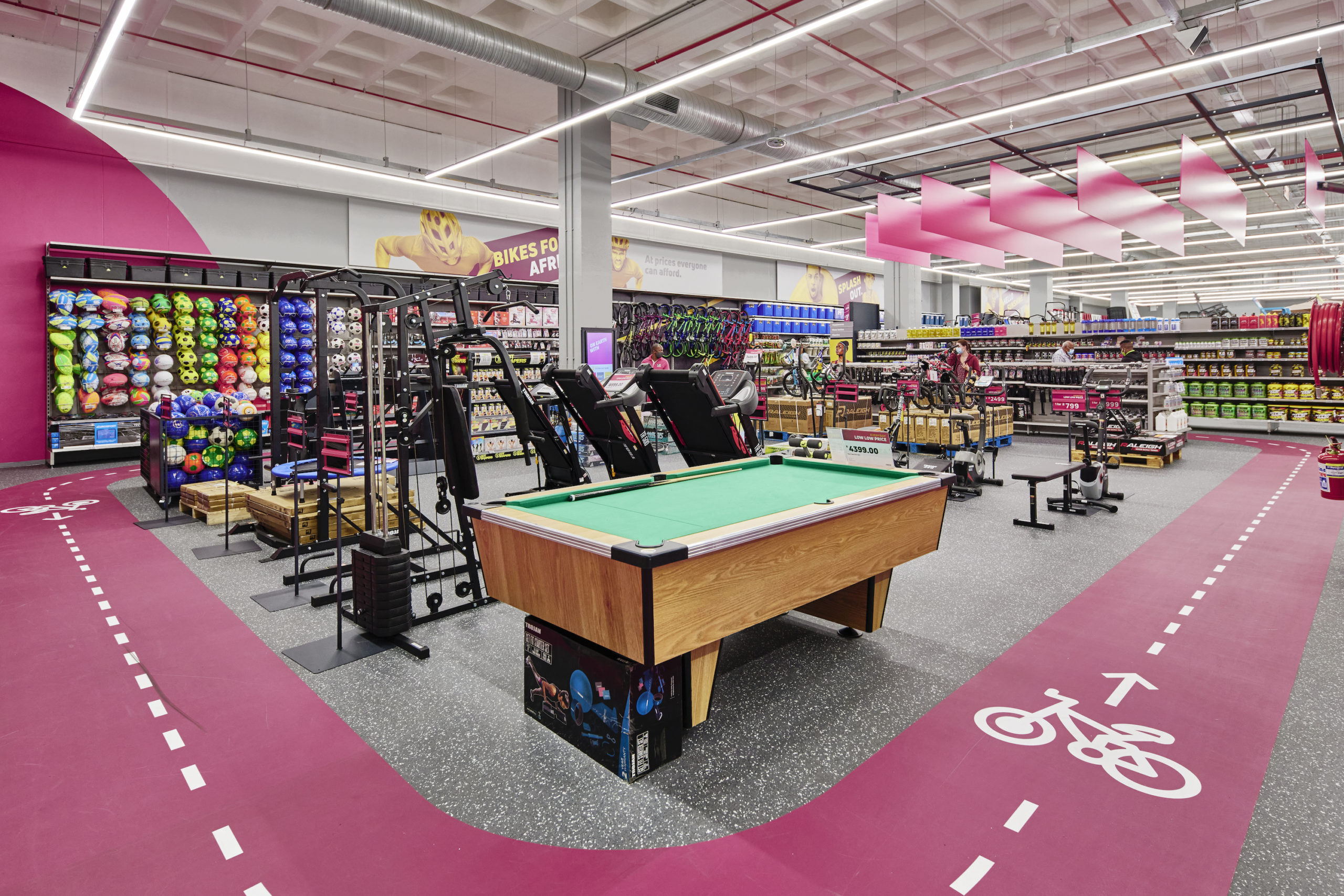 There’s an all-new store design at Game, conceived to get buyers in and out as quickly as possible. This might seem coldly capitalist but it’s also extremely practical. You don’t want to spend more time carting along a screaming toddler than you absolutely have to. Game’s Mall of Africa concept store is now much simpler to navigate.
There’s an all-new store design at Game, conceived to get buyers in and out as quickly as possible. This might seem coldly capitalist but it’s also extremely practical. You don’t want to spend more time carting along a screaming toddler than you absolutely have to. Game’s Mall of Africa concept store is now much simpler to navigate.
But making a more logical rotation doesn’t mean that you’re out of luck if you’re looking for something specific in the tech space. That’s as accessible as the clothing, baby and children’s items and then fitness gear (the first few stops on the tour), just in the opposite direction (while borrowing liberally from now-defunct Dion Wired store designs). The layout, as we’ve seen it, would make it easier for shoppers to get in, grab what they need and get out — without being tempted too hard or navigating aisles of items they’ve got no interest in.
But that’s not all. Game’s got a few new additions for parents in particular — spaces to test out items like prams or bicycles, in their respective departments. It may not seem like much (and the bike-testing circuit might drive retail workers a little batty) but they’re practical inclusions to the store. Hey, you gotta make the experience different from ordering online however you can.
Need for speed
Another new feature of Game’s concept store is the introduction of vending machines. Yes, really. The vending machines, of which there were a few dotted around the store, are for items like phone cables and battery boosters, as well as so-called high-volume items. Sometimes you pop into a store looking for something specific — turns out that item can be predicted and then stuck in a vending machine, where it’s the work of a few moments to pop in some funds and walk out with your purchase. Without having to deal with queues and people and cashiers. Just… in and out.
Game also intends to use vending machines for free samples, which should be tied to purchases. One of the machines onsite accepts codes rather than cash, meaning you might wind up with a freebie code from your receipt, with said goodie accessible on the way out the door.
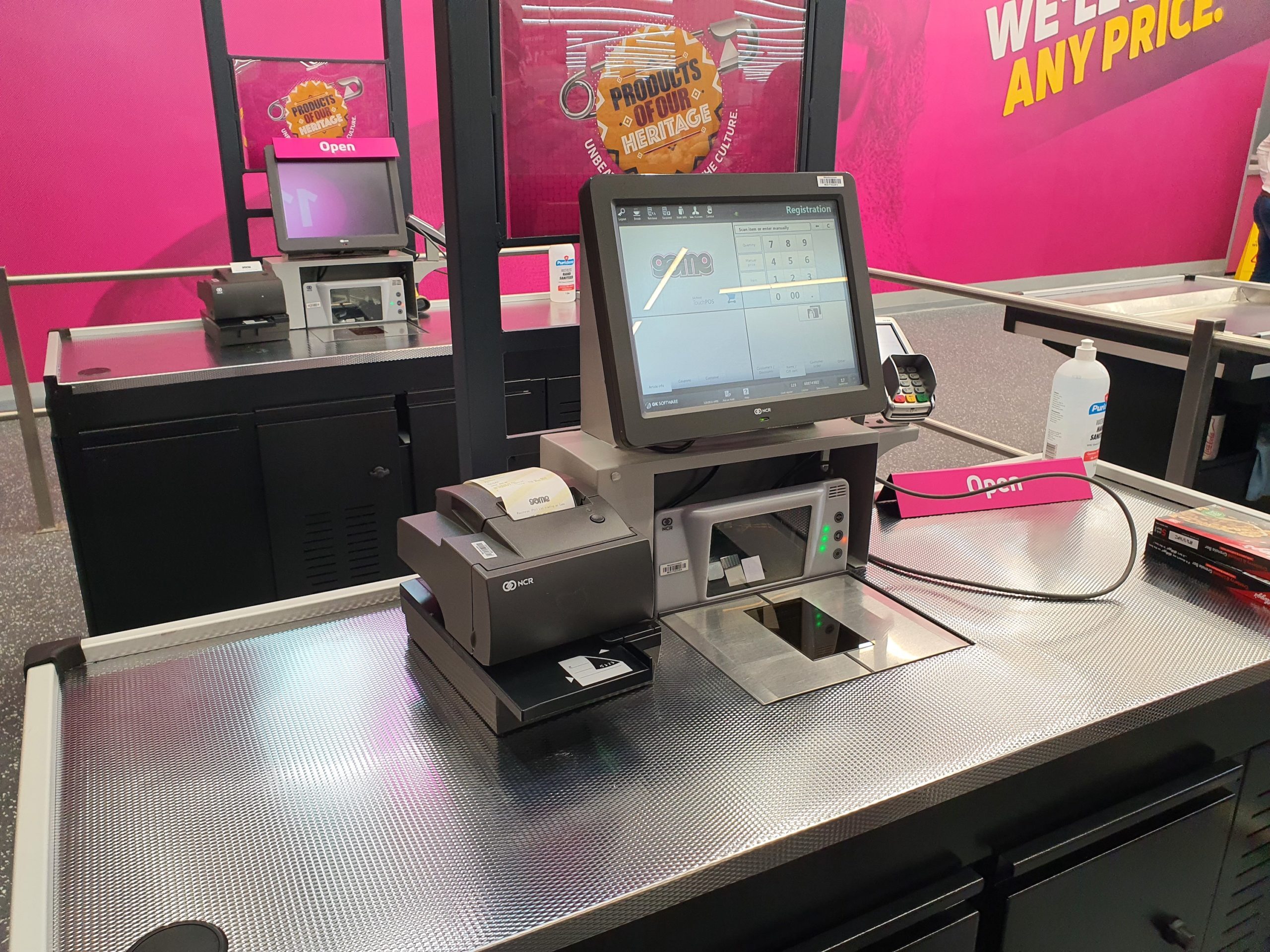 There was one other method of getting in and out fast that Game at Mall of Africa is exploring. That’d be the addition of self-checkout areas to the store, something very few South Africans have experienced. Game was at pains to point out that this innovation won’t be cutting into existing jobs but they’re also quite upfront about the fact that it’s a test, of sorts. How will SA shoppers react to being asked to check out their own items? That’s the big unknown, but the UK and USA have both embraced it, so odds are we will come around to it eventually. For now, it’s all a little experimental. But… it works. We checked that out.
There was one other method of getting in and out fast that Game at Mall of Africa is exploring. That’d be the addition of self-checkout areas to the store, something very few South Africans have experienced. Game was at pains to point out that this innovation won’t be cutting into existing jobs but they’re also quite upfront about the fact that it’s a test, of sorts. How will SA shoppers react to being asked to check out their own items? That’s the big unknown, but the UK and USA have both embraced it, so odds are we will come around to it eventually. For now, it’s all a little experimental. But… it works. We checked that out.
Still pending in the store? A click-and-collect area, where you can purchase online and just waltz over to a series of lockers and grab your items on arrival. That section was still under construction but it’ll be up and running soon.
Screens everywhere
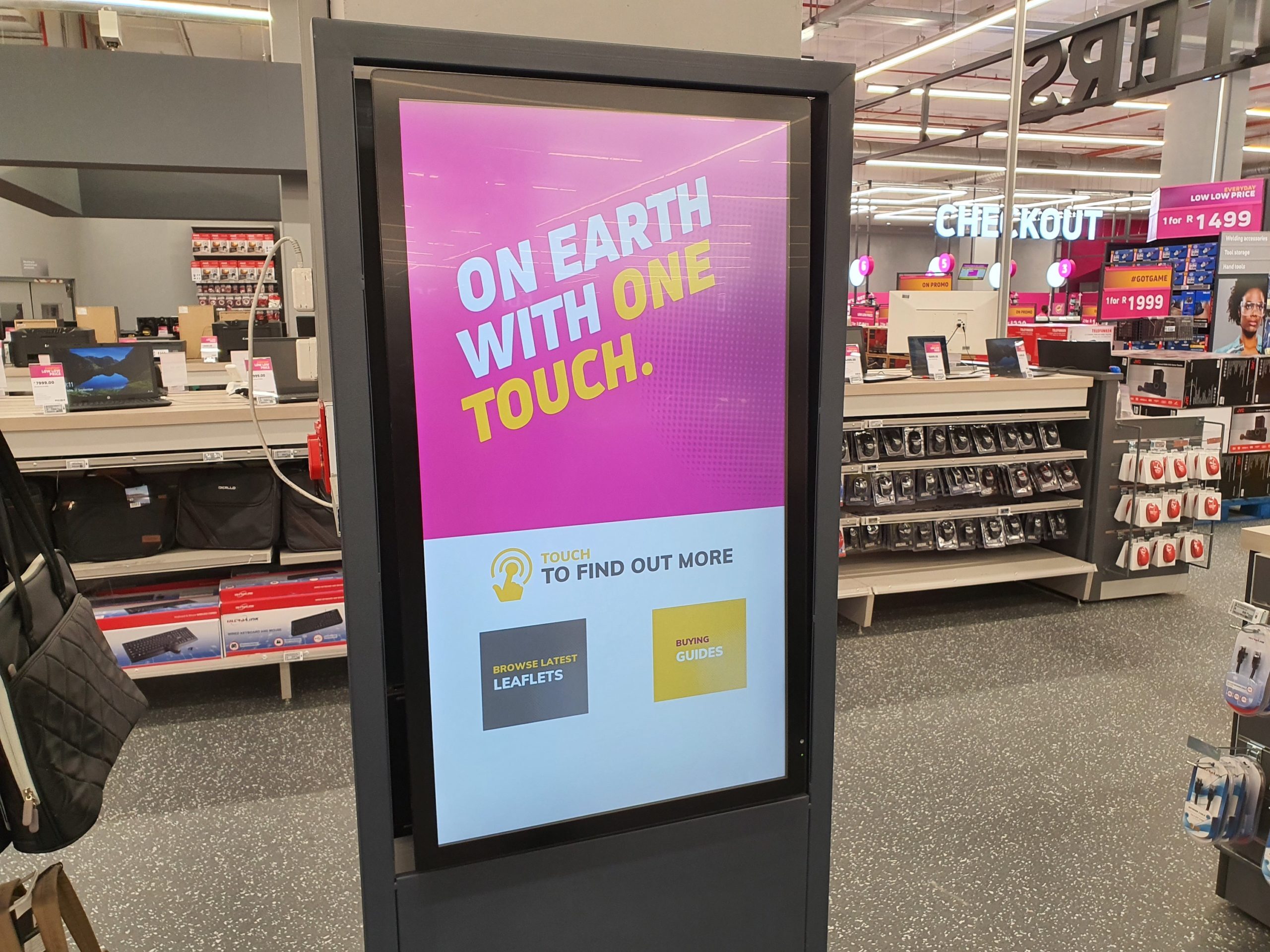 There are more screens coming to Game stores, starting with the Mall of Africa concept location. There’s a large touchscreen upfront, designed for navigation, but also smaller ones located in the store. These show a few notable items — either a digital version of Game’s specials leaflets or basic buyers guides which might be helpful when it comes to influencing which items to buy from Game’s selection.
There are more screens coming to Game stores, starting with the Mall of Africa concept location. There’s a large touchscreen upfront, designed for navigation, but also smaller ones located in the store. These show a few notable items — either a digital version of Game’s specials leaflets or basic buyers guides which might be helpful when it comes to influencing which items to buy from Game’s selection.
This information is also being reproduced in aisles, close to sections where they might be handy. Notable was the inclusion of a paint chart, explaining which paint you need in which scenarios, and an explainer on how to clean paintbrushes — which could save shoppers a second trip to the store, because they forgot to buy thinners and drop-cloths.
But each and every shelf also includes its own screen. Each price is now shown by a small screen, which is wirelessly connected to Game’s backend software. If prices must change, said change takes place overnight thanks to a software update wirelessly pushed out to each e-ink display on Game’s shelves. Changing an entire store’s pricing, a process that used to take weeks, can now be done in a few minutes.
Those little price screens also play host to QR codes — these can be used by shoppers to do everything from access specs to buy the item online from Game’s online store (in case there’s a queue at the tills, we guess), while they’re also tied to Game’s own staff who can use the QR codes to see what the shelf is supposed to look like when fixing up the customer-created damage from a long day of shopping.
Where to from here?
Is Game’s Mall of Africa concept store the store of the future? Not… quite, but it’s certainly a whole lot more modern than we’re used to. It’s been optimised to get customers in and out effectively, while reducing stress for both shoppers and staff (except, maybe, for that bike track). It’s got new tech features that we’re likely to see in increasing numbers in future and a few neat touches. Those vending machines are just begging to be used, even if you don’t particularly need a new Wahl hair-clipper right this second. The trial run of self-checkout is something we (and likely every other retailer in the country) will be keeping an interested eye on, as well. The Mall of Africa design is set to expand to other provinces in SA, in two more locations, before year-end.

